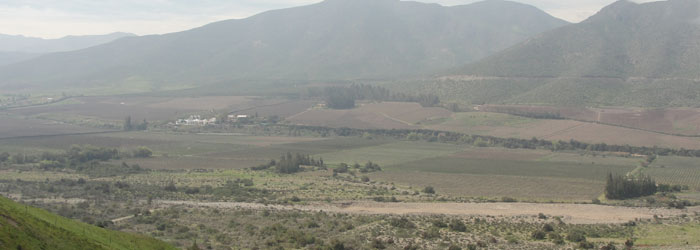Art
The El Molle people were expert stoneworkers who sculpted and polished stone to produce pipes in inverted-T forms, as well as their characteristic lip ornaments known as tembetás, which they wore inserted into the lower lip. They used copper ore and Pacific sea shells to make beads for long necklaces, and copper and sometimes silver and gold to make other personal objects such as tweezers, needles and especially jewelry—rings, bracelets, breastplates, pendants and necklaces. Their ceramics were predominantly monochromatic and finely polished, although some vessels were decorated with white, red and black paint or with series of incisions with geometric motifs. The rock art attributed to the El Molle people includes engravings and petroglyphs, for former illustrated by the La Silla style, which includes engravings of human figures leading animal herds that have been interpreted as domesticated camelids, as well as abstract geometric motifs that have been related to shamanistic practices that included the use of hallucinogenic substances. In the latter case, the Limarí style features engravings of human masks with ornate headdresses, such as those found in the Valle del Encanto, stylized human figures with splayed arms and legs, and geometric forms, such as circles with two appendages.


